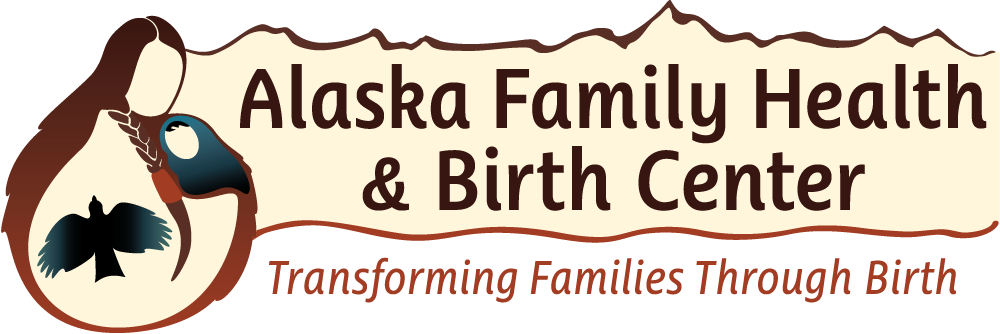The Heart of Midwifery
Hallmarks of Midwifery-The art and science of midwifery are characterized by the following hallmarks
O. Therapeutic value of human presence
Holding space. It’s a buzzword lately. Everyone, in every walk of life, talks about holding space. But what does it really mean? You can find varying definitions online, from “bringing your entire presence to a person”, to “walking with a person without judgment or expectation”, to my personal favorite, “giving the energy of our attention to the pain and suffering of another human being.”
I had been a nurse for 14 years before I became a midwife, and an EMT for 4 years before that. I had seen suffering, and pain, and death, and I had seen, and I hope lived, some beautiful examples of compassionate care. But the day I really, truly understood what holding space could be was when I saw a midwife climb into bed with a grieving mother, curl around her gently, and hold her pain without imposing herself on it, while the mother quietly sobbed for her child. This image is burned on my heart and my soul forever as an example of how to give, freely and purely, “your energy and attention to the pain and suffering of another human being.”
Midwives know how to hold space…I would say we define it…we refine it…and we usually ROCK it!! The word midwife literally means, “with woman”. Not “at woman”, not “to woman”, not “for woman.” Just eloquently, and simply, “with woman.” We understand that sometimes, often, you do not need words, you do not need action, you just need us. You need us there, quiet, present, solid and safe.
I would expand holding space though, beyond pain and suffering. Midwives see clearly the need to hold space for so much…for quiet contemplation, for growth into parenthood, for undisturbed birth, for birth as you need it, for those magical moments when you first become parents and your whole world spins on its axis and realigns. As midwives we understand that these are BIG moments. HUGE moments. Monumental, life changing moments. And we know that these moments need space…to be observed, to be lived, to be felt deeply with every fiber of our being. And we hold this space vigorously; guard it vehemently, usually with quiet grace and humility, occasionally with great power and force.
Often space and time coincide, and all we need to do is grant you the respite of minutes, hours, or days of quiet. Sometimes, space and time collide, and all we can give you is that second to kiss your baby before we have to resuscitate, that chance to squeeze your husband’s hand and lock eyes, and exchange a word of love, before we rush you back for an urgent c-section.
Sometimes, systems support us, and we are encouraged and allowed to give you all the time and space you need for your thoughts, your decisions, your growth, your pain. Often, systems subvert us, and it is everything we can do to eke out a moment of space for you and your family to grasp at.
Know that we are trying. Know that wherever we are practicing, however you perceive us, we care. We see you. We hear you. We are trying, and will continue to try with every ounce of our being, to hold space for you.
In faith, love, and gratitude,
Julie
“Core competencies for basic midwifery practice.” American College of Nurse Midwives. Dec. 2012. http://www.midwife.org/ACNM/files/ACNMLibraryData/UPLOADFILENAME/000000000050/Core%20Comptencies%20Dec%202012.pdf
Accessed 4/29/2018
Kronen, Samuel. “What it really means to hold space for someone.” Elephant Journal. May 18, 2017. Waylon Lewis Enterprises. https://www.elephantjournal.com/2017/05/what-it-really-means-to-hold-space-for-someone/. Accessed April 29, 2018

